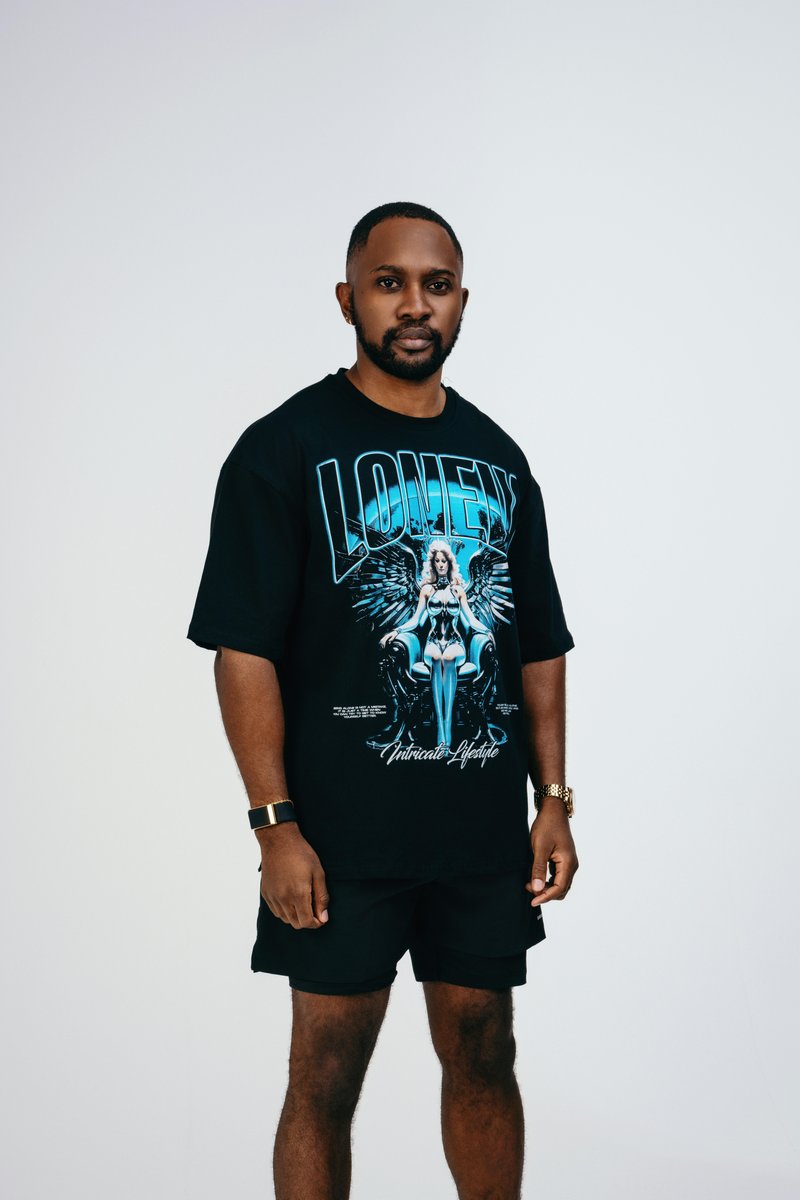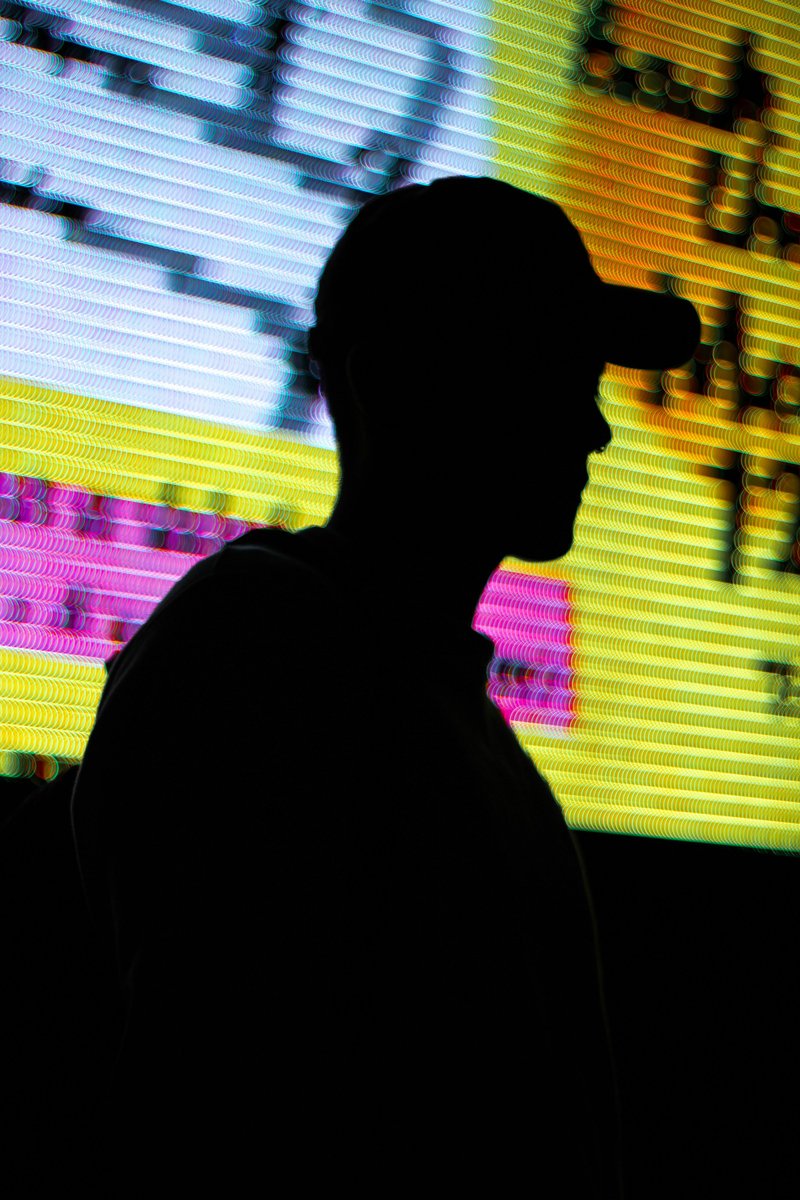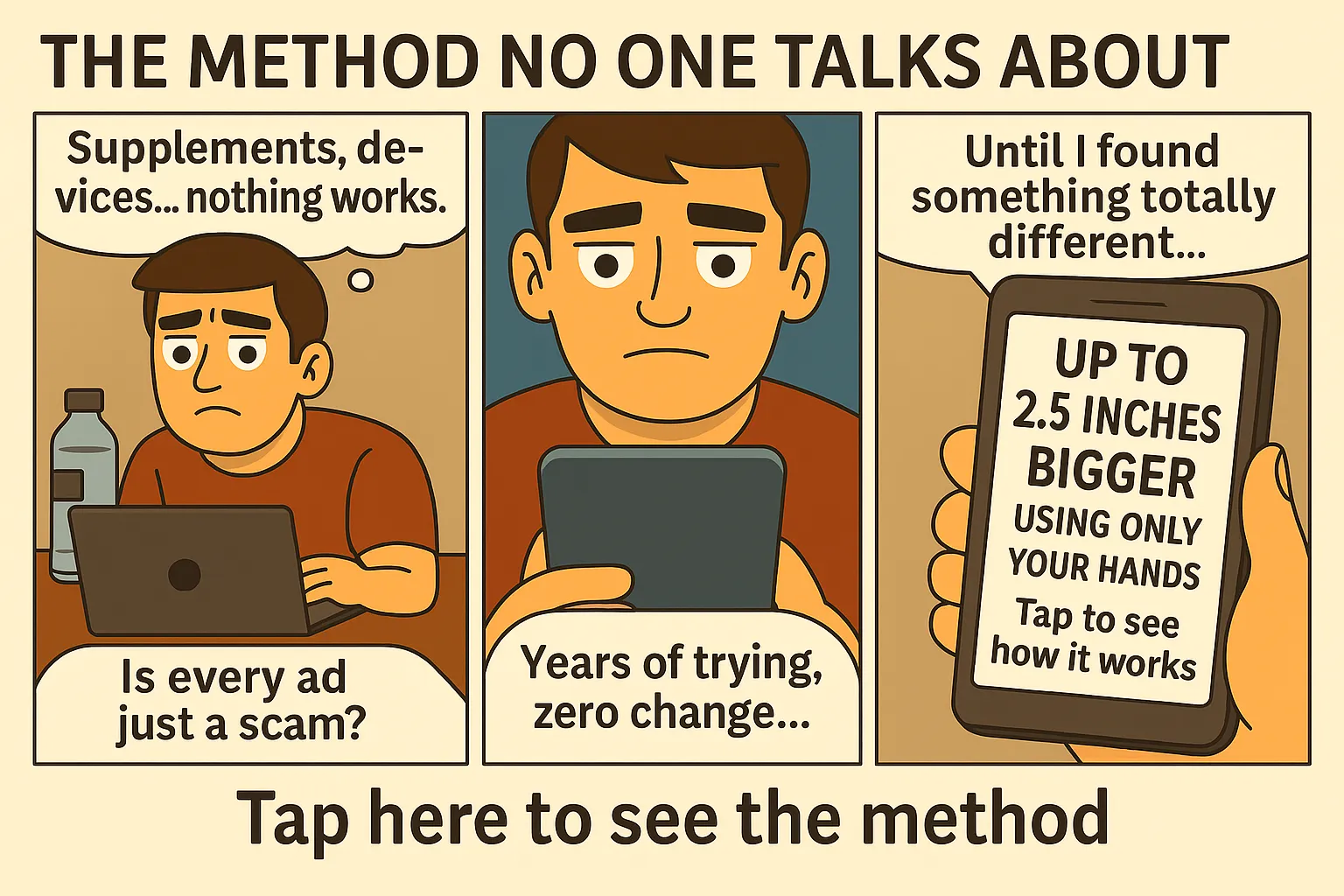Why Light May Be the Missing Key to Your Sleep and Testosterone Gains 🧠💪
Light exposure plays a pivotal role in regulating our circadian rhythms, which directly impact sleep quality and hormone production. Especially in men, this connection extends to testosterone levels, a hormone deeply influenced by both the quality and quantity of rest.
Understanding the Circadian Rhythm
The circadian rhythm is our internal body clock, responsible for managing sleep-wake cycles. Disruptions to this rhythm—like exposure to blue light at night—can severely affect the secretion of melatonin, a hormone that promotes sleep. Poor sleep equals poor testosterone production.
Morning Sunlight: A Natural Testosterone Booster
Getting sunlight exposure early in the day signals your brain to stop melatonin production and start generating cortisol, helping you feel alert. This natural hormonal rhythm supports better testosterone production throughout the day. It also helps sync your biological clock.
Blue Light at Night: Testosterone’s Enemy
Electronic devices like phones, laptops, and TVs emit high levels of blue light. At night, this type of light suppresses melatonin, pushing back your sleep time and reducing your deep sleep phase—the most important for testosterone regeneration.
Red Light Therapy: The Emerging Biohack
Red light therapy, using low-wavelength red light, is increasingly popular for improving sleep quality and promoting testosterone. Unlike blue light, red light doesn’t disrupt melatonin. In fact, some studies suggest it may enhance its release, indirectly boosting testosterone levels overnight.
Practical Tips for Light Therapy
- Get 15 minutes of morning sunlight daily.
- Use blue light blocking glasses after sunset.
- Install night mode or red-shift apps on your devices.
- Consider red light panels for bedroom lighting or evening exposure.
Final Thoughts
If you’re aiming to optimize testosterone naturally, managing your light exposure is non-negotiable. Just like you’d hit the gym or improve your diet, regulating your environment is a biohack worth committing to. Light therapy isn’t just for sleep—it’s for hormonal dominance.
Want to combine this strategy with other powerful techniques? Explore the complete natural enhancement method here.
Also check our post on deep rest strategies for testosterone to maximize recovery while you sleep.
How Testosterone and Sleep Are Intertwined
Testosterone is primarily produced during REM sleep, especially in the early morning hours. That means the quality of your sleep determines how much testosterone your body can synthesize. Missing deep sleep phases or sleeping at irregular hours short-circuits this process.
Men who get less than 5 hours of sleep per night can see testosterone levels drop by up to 15%. That’s a massive hit just from lack of rest. Add poor light habits to the mix, and you’re doubling down on hormonal sabotage.
Light Therapy and Testosterone Optimization: The Science
Studies have shown that exposure to bright light in the morning can improve testosterone levels significantly. One clinical trial found that men exposed to early morning light had a 69% increase in testosterone after just two weeks. That’s not a small bump—that’s transformational.
This is especially relevant for men with low energy, brain fog, or declining libido. Light therapy is drug-free, accessible, and works with your biology rather than against it.
Creating a Testosterone-Optimized Lighting Environment
Here’s how you can build a home setup that works in your favor:
- Use full-spectrum daylight bulbs in your office and home gym.
- Install blackout curtains to ensure pitch-dark sleep conditions.
- Switch to red light night lamps in your bedroom.
- Shut off screens 90 minutes before bed—or wear red-lens blue light blockers.
Beyond Light: Other Lifestyle Hacks That Amplify Results
Light exposure is just one piece of the puzzle. Combine it with proper rest and deep recovery. Dive deeper into deep rest strategies for high testosterone to amplify your hormonal environment even further.
Temperature regulation is another hidden factor—learn more in our article on masculinity and body temperature regulation.
Testosterone Killers: Habits to Eliminate
Aside from artificial light, there are several habits that crush your hormonal output:
- Sleeping with the TV on or lights in the room
- Using your phone in bed
- Drinking caffeine late in the day
- Irregular sleep schedules
Kick these habits and replace them with intentional, light-conscious behaviors. Your body—and libido—will thank you.
Success Stories Using Light Therapy
Many men report improved energy, better mood, and more frequent morning erections after implementing light therapy routines. These are all signs of rising testosterone. The shift often begins within a week and becomes profound by the 3-week mark.
Pairing this with natural strategies can speed up your transformation. If you’re serious about performance, explore the complete method to take your male enhancement journey to the next level.
Light Sources and Their Impact on Hormones
| Light Type | Hormonal Impact | Best Use Time |
|---|---|---|
| Morning Sunlight ☀️ | Boosts testosterone, resets circadian rhythm | Within 30 min of waking |
| Blue Light 💻 | Suppresses melatonin, disrupts sleep and hormones | Avoid after sunset |
| Red Light 🔴 | Supports melatonin, recovery, and testosterone | Evening use or post-workout |
| Artificial White Light 💡 | Neutral/slightly disruptive depending on timing | Daytime only |
Final Words
Light therapy sleep testosterone protocols aren’t just for biohackers. They’re for every man looking to upgrade naturally, without drugs or gimmicks. Sunlight, red light, and sleep discipline can reignite your vitality from the inside out.
Morning Ritual: Sync Your Hormones with the Sun
Begin each day by stepping outside within 30 minutes of waking. Even just 10 minutes of sun exposure on your face and eyes can realign your circadian rhythm, promoting healthy testosterone levels and deep sleep the following night.
This doesn’t mean you need to sunbathe. The key is ambient light in your eyes—not filtered through windows or sunglasses. Natural light intensity in the morning can exceed 10,000 lux, a biological signal your brain craves for hormonal balance.
Evening Ritual: Unwind and Prepare for Deep Sleep
After sunset, your biology expects darkness. Dim the lights in your home and eliminate overhead bulbs. Use Himalayan salt lamps or smart bulbs on a warm setting. Limit screen exposure—or wear amber-tinted glasses that block blue light entirely.
This transition signals melatonin production, easing you into a relaxed state and setting the stage for testosterone regeneration during deep sleep. It’s a free and powerful hack, often overlooked in modern lifestyles.
Integrating Light Therapy with Other Hormonal Strategies
Light alone won’t do all the work. Combine it with breathwork, cold exposure, and nutrition to get a compounded effect. Learn how deep breathing boosts male libido—a sign of elevated testosterone and vitality.
If you’ve already fixed your light habits and still feel off, it might be time to check for subtle hormonal imbalances. Explore the signs of healthy hormones and how to keep your testosterone at optimal levels year-round.
Red Light Therapy vs. Infrared Saunas
While both use light for health, their mechanisms differ. Red light therapy targets cells directly to stimulate energy production (ATP) and testosterone. Infrared saunas promote detoxification and recovery by heating tissues. Both can be used, but red light offers direct hormonal benefits—especially when used before bed or post-workout.
Invest in a quality red light panel with wavelengths between 630-850nm. These are the most researched ranges for hormonal effects and cellular health.
Does Light Therapy Work for Everyone?
Most men respond positively, especially those who:
- Spend most of their time indoors
- Work night shifts or irregular hours
- Struggle with fatigue or low libido
- Have poor sleep quality
However, men with extreme light sensitivity or specific medical conditions should consult a physician. Start slow—just 5 minutes of red light in the evening—and gradually increase exposure as your body adapts.
Measuring Results: Tracking Your Testosterone
You don’t have to guess. Home testosterone testing kits allow you to measure your levels before and after implementing light therapy. Track changes in:
- Morning erections
- Energy and mood
- Workout recovery
- Sexual performance
Combined with good sleep and other lifestyle changes, light therapy can act as a testosterone multiplier—compounding over weeks and months.
Summary: Your Light Protocol for Testosterone Mastery
- Expose your eyes to morning sunlight within 30 minutes of waking
- Dim lights after sunset and use red light in the evening
- Limit screens at night or use blue light blockers
- Use a red light panel for 10–15 minutes nightly
- Sync your sleep schedule to natural light-dark cycles
When combined with other natural methods, this protocol turns your home into a hormone-optimized zone.
The Evolutionary Link Between Light and Testosterone
Throughout human history, men rose with the sun and slept with the moon. Our biology evolved under the rhythm of natural light—no screens, no artificial LEDs. That’s why morning light boosts dopamine and testosterone, while darkness signals recovery and hormonal restoration.
Modern life, however, flips this upside down. We flood our eyes with artificial light at night, disrupting ancient hormonal patterns. The result? Declining testosterone across generations. Reclaiming your primal light environment is more than a biohack—it’s a return to your masculine roots.
Travel, Jet Lag, and Testosterone Fluctuations
Men who travel frequently often suffer from hormonal instability. Time zone shifts disrupt your circadian rhythm, which directly affects your sleep and testosterone production. The best countermeasure? Use light therapy to adjust your internal clock faster.
Expose yourself to bright light upon arrival in a new timezone, aligning your wake cycle. This reduces fatigue, supports sleep quality, and minimizes hormonal crashes.
When to Expect Results from Light Therapy
Most men notice subtle benefits in the first week—deeper sleep, better mood, clearer thinking. Testosterone-related improvements, like stronger libido or energy, usually follow by week two or three. Stay consistent. Light is like nutrition: one dose won’t change much, but daily exposure rewires your biology.
FAQs About Light Therapy and Testosterone
Can red light therapy really increase testosterone?
Yes. Studies suggest red light can improve mitochondrial function and indirectly support testosterone production by enhancing cellular energy and promoting better sleep cycles. [Study]
How long should I use light therapy per day?
Start with 10–15 minutes of morning sunlight and 10 minutes of red light exposure in the evening. Gradually increase as your body adapts and monitor energy, mood, and libido for improvements.
 Image representing: How Light Spectrum Affects Sleep and Testosterone Naturally and male power – via supremepenis.com
Image representing: How Light Spectrum Affects Sleep and Testosterone Naturally and male power – via supremepenis.com







